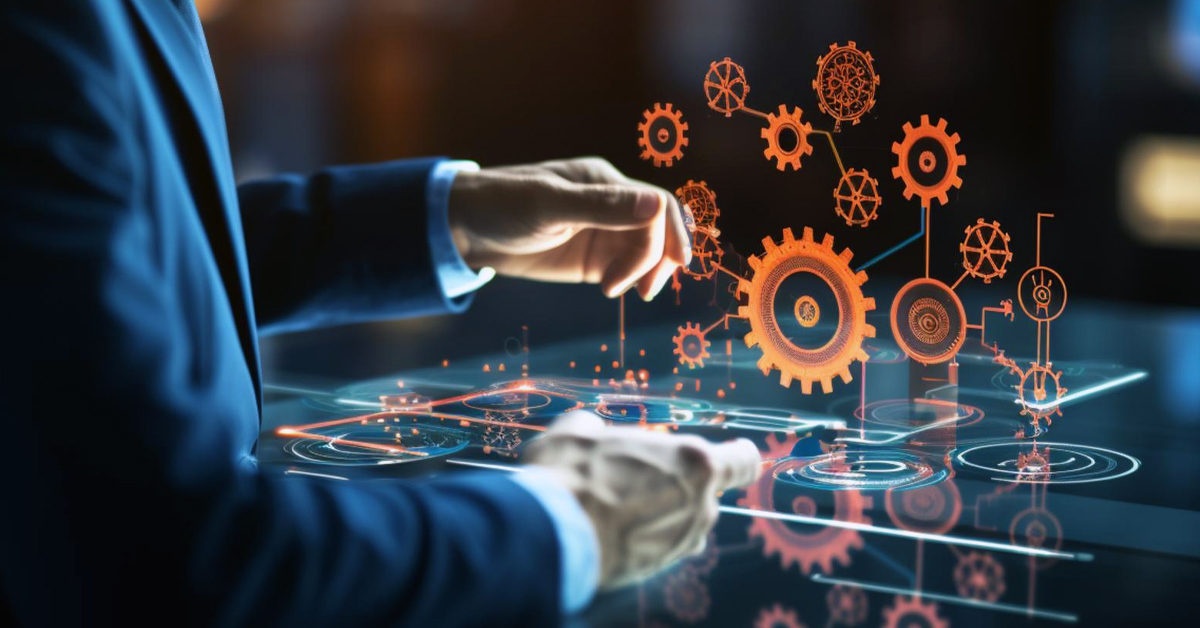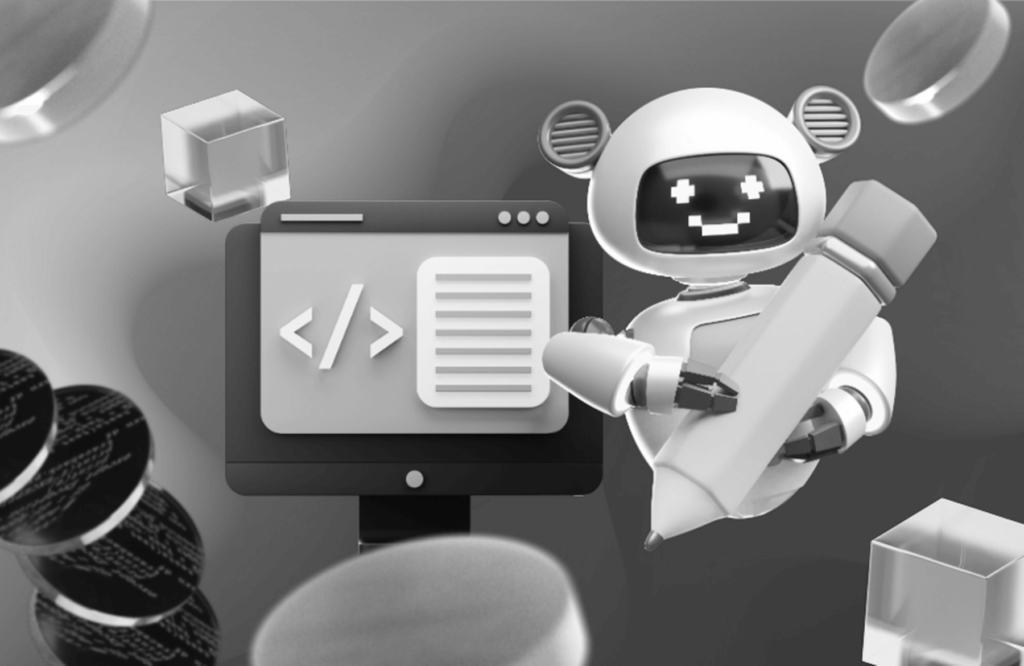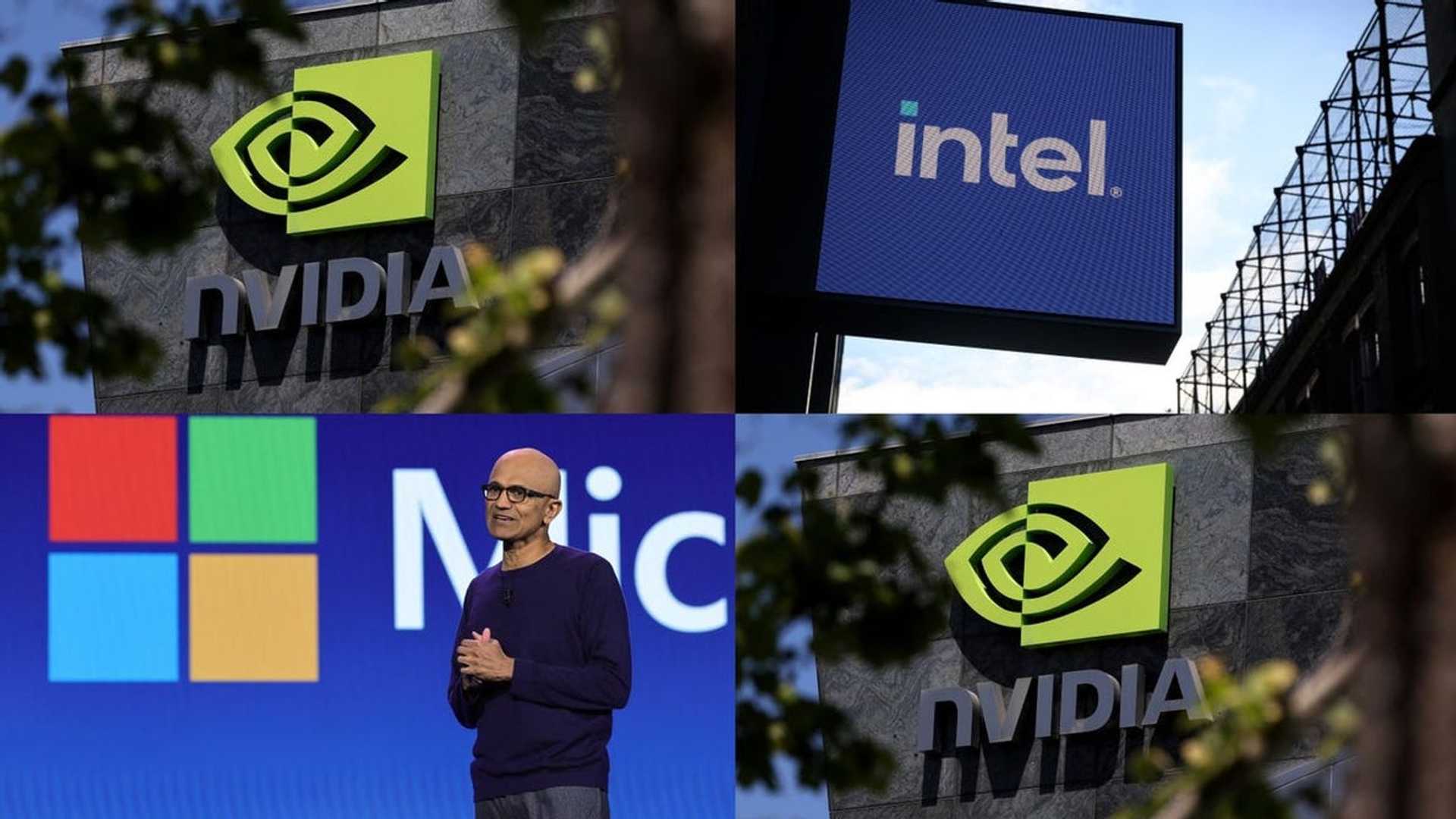AI-Led Automation in Business: The End of Traditional Labour ...
Human effort has long been the cornerstone of technology services—programmers creating algorithms, analysts managing data, system integrators deploying infrastructure, and consultants optimizing business processes. However, the emergence of artificial intelligence (AI) is reshaping this landscape by shifting the focus from human-driven services to AI-led software.
Instead of relying on large teams of human specialists, companies are increasingly adopting AI-powered platforms and tools that automate complex tasks previously thought immune to automation. The traditional Software-as-a-Service (SaaS) model has already disrupted the enterprise IT world by replacing expensive on-premise software with cloud-based applications.
The Rise of AI-Powered Automation
In this model, SaaS providers manage databases remotely, and businesses moved from paying per software seat to paying subscription fees, driving the rise of Annual Recurring Revenue (ARR). For nearly two decades, SaaS has dominated the tech world. Now, AI is pushing this paradigm further by transforming services that were once designed for human use into fully autonomous software solutions.
This shift, often called “Services as Software,” marks a fundamental change in how enterprises adopt technology. Unlike traditional SaaS, which complements human workers, these new AI-driven tools replace labour-intensive processes, producing outcomes with minimal human intervention. AI-powered systems such as Harvey AI in the legal and compliance sectors are now able to analyze case law and generate legal briefs, replacing the work of research assistants.
Similarly, AI chatbots and virtual agents have revolutionized customer support by handling significant volumes of queries without human involvement. Tools like Open AI’s Code Interpreter have changed the landscape for industries focused on data analysis and business intelligence by automating processes that once required manual data manipulation. In essence, “Services as Software” eliminates the human-driven process typically associated with SaaS and replaces it with full-stack AI-led automation that delivers the same outcomes.
Factors Driving AI-Driven Automation
Several factors have accelerated this shift toward AI-driven automation. The rapid advancement of AI, particularly large language models (LLMs) and generative AI, has made it possible for software to organize, reason, and execute tasks that were once the domain of humans. The democratization of AI is also playing a significant role—open-source AI models and API-based solutions are making cutting-edge automation accessible to businesses of all sizes, whereas previously only large enterprises had access to such advanced technologies.

For example, Perplexity’s launch of Deep Research offers enterprise-caliber AI services at retail prices, undermining subscription and paywall models and further reducing costs. Additionally, businesses are under pressure to adopt AI-driven tools to lower operational expenses, particularly in high-cost service functions that traditionally required significant human labor.
Impact Across Industries
The impact of AI on labor-intensive services is already evident in several industries. For example, customer service, which once relied on large teams of human agents in call centers, is now being transformed by AI-powered chatbots and voice assistants. Bank of America’s Erica AI, for instance, handles over 2 million customer interactions daily and has surpassed 2 billion interactions since its launch in 2018, drastically reducing the need for human agents.

Similarly, airlines and e-commerce companies are increasingly relying on AI to handle customer queries autonomously. As generative AI conversational agents continue to improve, entire call centers could be replaced by AI-driven agents, leaving human workers to manage only more complex tasks. In software development, AI tools like GitHub Co-pilot are helping developers write code more efficiently and with less manual effort.
AI-Driven Business Transformation
The evolution of enterprise technology is leading to a new AI-driven business model. Traditionally, companies used software systems as platforms on which human professionals performed their work. These software systems became “Systems of Record” (SORs), with business knowledge encapsulated within them, ensuring continuity through persistence.

Now, AI is directly engaging with these systems, shifting the focus from human-driven work to AI-led processes. As a result, businesses are not merely replacing SaaS with AI tools; they are reengineering their entire processes and systems to integrate AI. Instead of hiring marketing agencies, companies will rely on AI to create dynamic campaigns. Quality assurance and control functions will be automated by AI, as will IT support, cybersecurity, and human resource processes.
Despite the shift to AI, human expertise will remain crucial in several areas. AI oversight, ethical governance, and bias correction will require human intervention. Strategic decision-making and creativity will remain human domains, as will relationship management and customer experience, which involve complex problem-solving and trust-building.
Conclusion
While AI will handle routine tasks, human workers will still manage escalations and provide high-level insights. AI systems will also require human supervision in areas such as training, debugging, and maintaining AI models to ensure they remain accurate and effective. The shift from labor-intensive services to AI-driven automation is already underway, with profound implications for businesses and workers alike. Rather than replacing human roles entirely, AI will redefine them, complementing human judgment, creativity, and oversight.



















